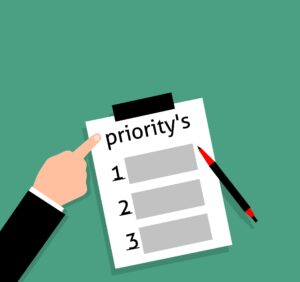By Guy Harris
In recent Bud to Boss workshops, I have been getting a question similar to the title of this post in several ways. While the questions are not always phrased the same way, they tend the same direction: longing for a return to “normal” as we reach the end of pandemic-imposed lockdowns, shutdowns, and isolation.
Every situation is a bit different, and the question does not apply to every front-line supervisor. Still, estimates range from around 33% of workers to more that 40% of workers having worked away from their normal location for some period during the last two years as a result of the covid-19 pandemic.
If somewhere around 40% of all workers “went home” to work for a while, that means that at least 40% of all supervisors have been dealing with frequently shifting workplace norms and practices for over two years. I say at least 40% because considering only the workers who could work remotely does not include the businesses that shut down and then restarted once workers could return to their workplaces. Whatever the actual number of supervisors and employees affected, it is a big number.
These sudden changes and their long-lasting impact can get exhausting and hoping for relief is completely normal. Thus, the question: when will we get back to where we were?
The short answer is never.
Too much has changed – permanently – for us to ever go back to where we were pre-pandemic. It just is not going to happen. For example:
- People who were single are now married.
- People who were married are now not married.
- People who had no children now have children.
- People who had children living at home now do not.
- People who had healthy parents are now caring for their parents.
- People who had never worked from home have now done so.
- People who were uncomfortable with video calls are now video call masters.
In short, your team member’s expectations, life experiences, home environments, and work relationships have changed in ways that make it impossible to go back like it was before the pandemic. It cannot go back like it was because the world, your business, and their lives are not like it was.
And that’s okay. Hope does not lie in the past anyway. It lies in the future.
As my friend and colleague, Kevin Eikenberry says: “The status quo requires no leadership.”
We do not need leaders for things to stay the same. We need leaders to point us and lead us to the future. Hope lies in focusing on where we are going more than it lies in longing for the past.
If you find yourself longing and hoping for your team to return to the way things worked in the past, shift your focus to the future. Rather than trying to recreate the past, envision and drive for a better future. Your team will perform better, and you will feel more optimistic and energized.
For more information on workshops, click here.



0 comments